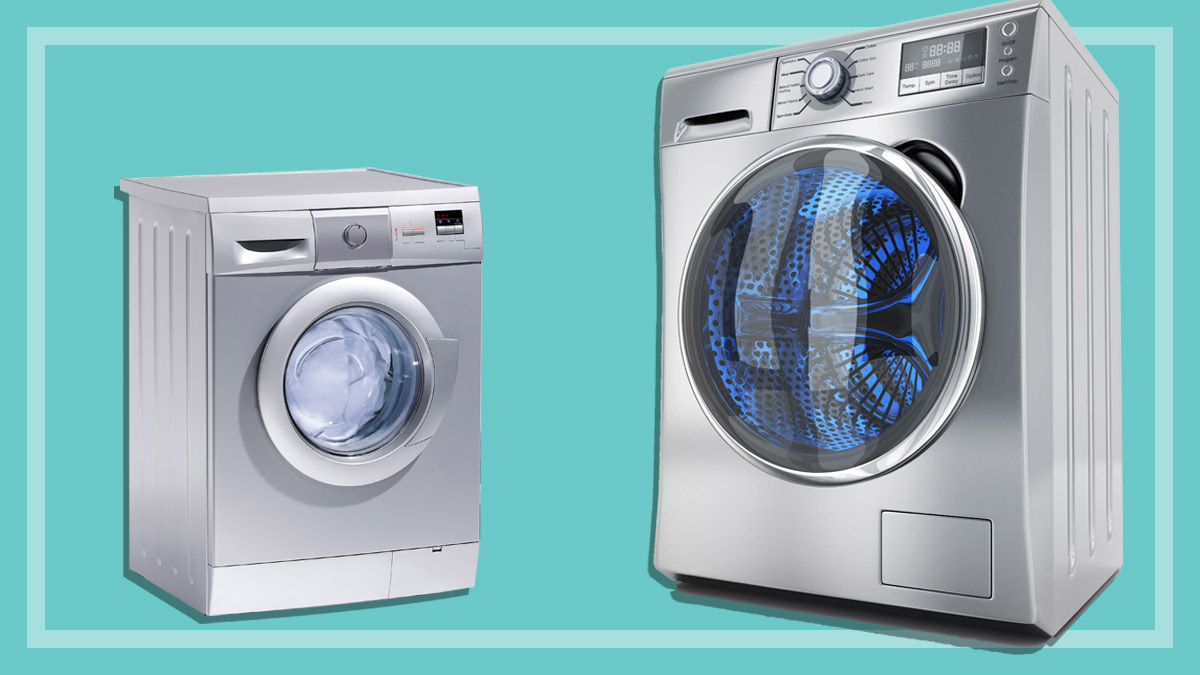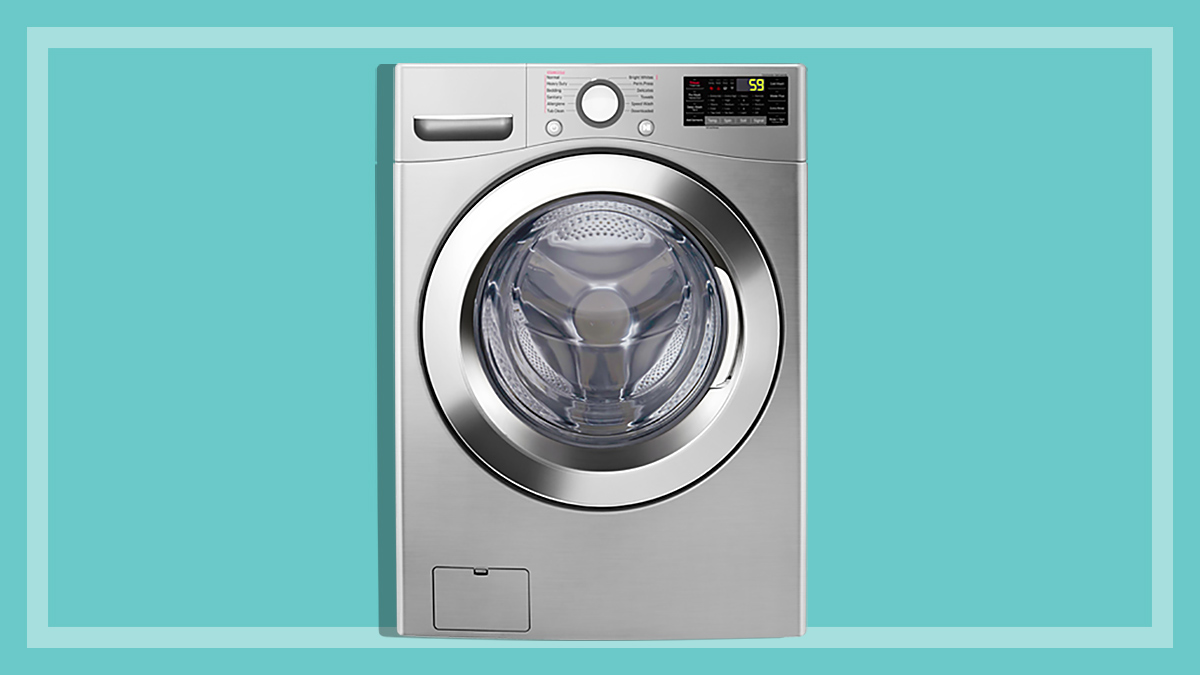Get our independent lab tests, expert reviews and honest advice.
Do you really need a larger washing machine?

The typical washing machine capacity these days is over 8kg, but if you have a big family – or run a small boarding house – you might be casting a keen eye over the larger capacity washers that crop up in stores around Australia.
On this page:
But do you really need a washing machine that offers up to 14kg in clothing weight to wash, when most of us don’t fill our machines to full?
Every extra kilogram of capacity costs more when it comes to buying a washing machine, so before shelling out for that larger model, work out what you need, so you don’t get suckered into a size you’ll never use.
Are you doing a full load of washing?
Most of us only wash around 2–4kg of clothes at a time, regardless of the capacity of our washing machine. Jump on a set of bathroom scales, pick up your laundry basket and look at the result. Now keep adding clothes to your basket until that difference is 8kg.
You may be surprised at just how big your laundry pile is, and while you may not think an 8kg washer can accommodate that much in one go, it certainly can.
CHOICE tip: Washing full loads rather than partial loads of laundry will save you money. One wash cycle with 8kg of laundry will use less water, electricity and detergent than two cycles of 3.5kg.
At CHOICE, we test washing machines based on how much laundry people actually wash in one go, so you can see a more realistic performance compared to filling to full.
You can see a representation of how much the 3.5kg load is (that we use) compared to the full 8kg load used by the Australian Standard below.
What a full load looks like for a washing machine or clothes dryer
Normal load: 3.5kg
1 sheet
3 bath towels
2 tablecloths
2 shirts
1 T-shirt
2 pillowcases
2 underwear
2 washcloths
4 handkerchiefs.
Full load: 8kg
3 sheets
4 bath towels
3 tablecloths
5 shirts
5 T-shirts
5 pillowcases
5 underwear
8 washcloths
6 handkerchiefs.
The trend for large washers
Some manufacturers offer washer/dryer combos with capacities of up to and over 16kg. But we don’t see the typical household having a pressing need for these new commercial-size models – and with huge price tags to match their cavernous capacities, we imagine they’ll be out of reach for most of us.
A difficulty with producing domestic washing machines with capacities topping 16kg is that the Australian Standard for testing washing machines only goes up to 10kg, so some tweaking goes on in the background to move these machines through the process.
The standard has accommodated new machines of up to 20kg capacity, which no doubt will pave the way for even more manufacturers to develop larger-capacity machines.
Regardless, they still need to keep within the minimum rinse and wash performance required to be sold in Australia.
While our washing machine tests focus on the more popular sizes, we’ll be including more and more larger capacity washers if their range and popularity grows.
We’ll also keep a close eye on whether the increase in size affects reliability, wash performance or time when testing to CHOICE methods (which differ substantially to the Australian Standard).
Video: Are you filling your washing machine to its capacity?
Two washing machines in one
The other trend we’ve seen in washing machines are washers that multitask.
Some manufacturers have introduced a completely new appliance concept featuring two washers in one – a large capacity front loader for your main wash, and a small capacity top loader for washing your delicates or small loads. They’ve also made it easy to wash colours and whites at the same time.
With a price tag of over $3000, they’re not cheap, but they do offer a gargantuan 18.5kg total capacity, as well as a suite of advanced features.
Some also showcase old-school washing methods by incorporating a washer tub on top of their top loading washing machine, allowing you to scrub your clothes in the washer tub and then tip the clothes into the wash below.
These types of machines are useful for apartment blocks that don’t have laundry sinks.






